From a silkworm pupae to the sources of ancient silk silk | Archeology China
Author:Cover news Time:2022.06.30
Cover news reporter Dai Zhuxin intern Su Xueqing map according to the respondent
In the Yellow River Basin, more than 6,000 years ago, the Shanxi Xixian Shi Village site, which has been discovered by 6 stone carvings and pottery silkworm pupae, perhaps reflected the life of the early ancestors of the ancestors of Yangshao; in the upper reaches of the Yangtze River; The "sacrifice pit" all detected the traces of silk. The ancient Shu people more than 3,000 years ago pinned the spirit of communicating the human gods and the gods and the gods on the silk.
Silk is a manifestation of the origin of civilization.
In the historical river of Chinese civilization, the silk is not late and never leaves early. It is like a trickle, accompanied by the Chinese nation through 5,000 years. Until now, it has gone away the "metaphysical" spiritual significance in ancient times, and it has gently follow people's daily life.
China is the earliest country in the world to domesticate silkworms and silk woven silk. But when the silk originated from when and where, it has always been a difficult puzzle. In early June, in Hangzhou, Zhejiang, Zhou Yan, director of the technical department of China Silk Museum and female scientist, told the silkworm, tells us the story of finding silk.
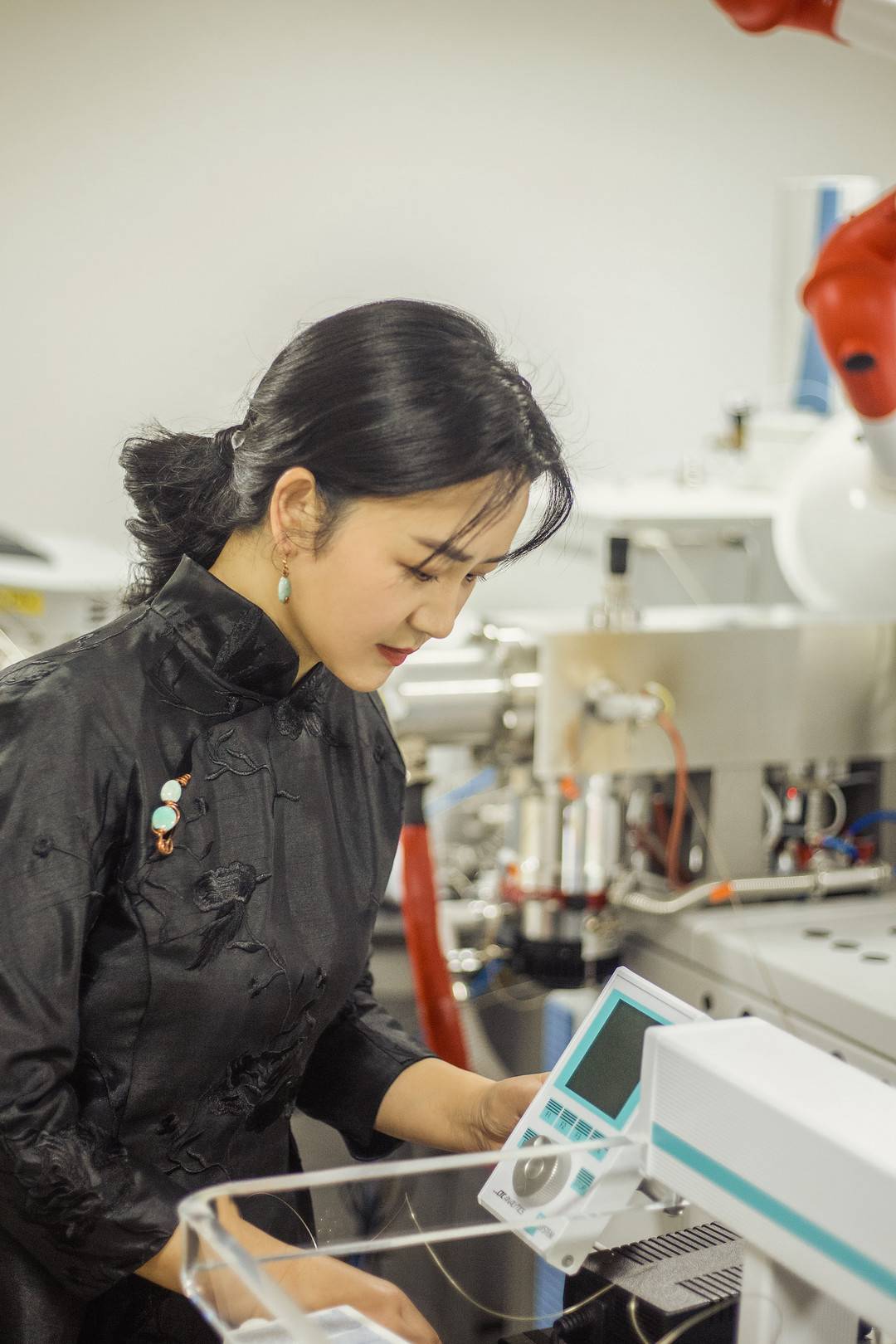
Zhou Yan, Director of the Technical Department of China Silk Museum
The image of silkworm pupa from ancient times is not isolated
Among the archeological discoveries of the Shanxi Xixian Shi Village site, the most noticeable is 6 stone carvings and pottery silkworm pupae. This is the earliest image of stone carving silkworm pupae currently discovered in my country.
Silkworms and silk always have a tight connection. Zhou Yan naturally pays great attention to the new discovery of the Shi Village site. "The discovery of the teacher village site is a milestone for the history of Chinese silk." Zhou Yan said that from the context of the silk, this means that more than 6,000 years ago, in the core area of the origin of the Chinese civilization of Yuncheng Basin, The ancestors have paid attention to silkworms and showed their admiration to it. In addition, this discovery also proves the discovery of Mr. Li Ji, known as the "father of Chinese archeology" in 1926. Now, it has been able to basically confirm that the belief in silkworms in the Yuncheng Basin should be very long.
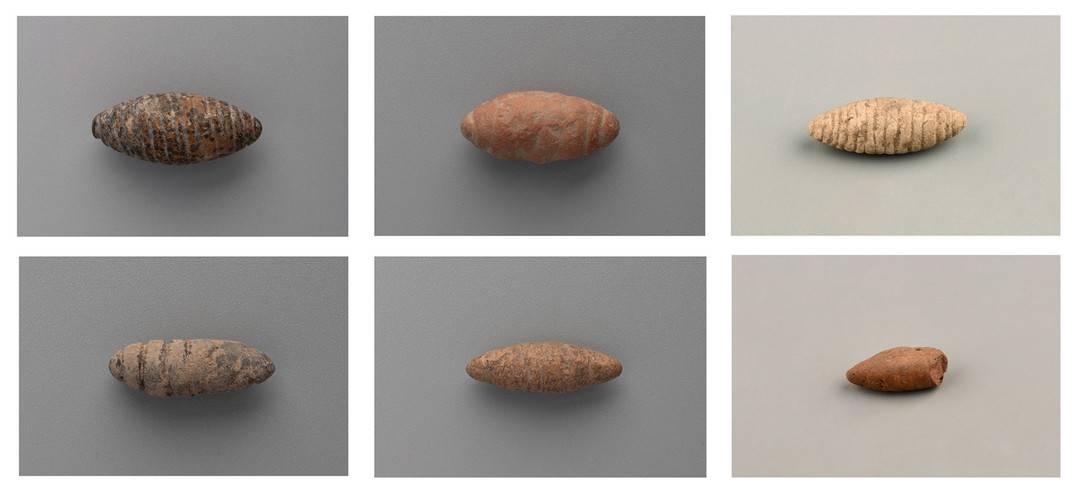
The stone carvings and ceramics illegal pupae unearthed from the scholar village site of Xiaxian County (Figures of the Archaeological Team of the Site of Shi Village)
In fact, the silkworm pupa found by the Division site is not isolated. Expanding the vision, the new stone artillery pupae unearthed from the Sichuan Xiawanggang site in Henan Province is also smooth and vivid. "The discovery of these images further illustrates the attention of people at that time." Zhou Yan said that at the time, the pottery craftsman carefully observed the biological characteristics of silkworm pupae, and carefully presented the image of a small life with carving tools. "Small volume and familiar, maybe told people now that silkworms have been selected by ancient people as psychological excuses."
At that time, the productivity was not developed, and people were curious and respect for the life of silkworms, and felt that the life of the silkworm seemed to reflect a person's life. In their hearts, the silkworms into butterflies seem to be from life to death, and then reborn. At this stage, 关 is a very critical step.
Facing the mysterious nature, people want to know where they come from, where to go, and think about the meaning of the survivors and death. As a result, the silkworm became their spiritual sustenance, and people gradually worshiped the pupae.
Silk with the head cover unearthed from the coffin
The earliest known silk appeared more than 5000 years ago
With the emergence of silkworms, silk also appeared on the stage of history.
Over the years, Zhou Yan's team has conducted cooperation with archeologists to try to depict the time and space map of the origin of Chinese silk. She deepen from two aspects of time and space. At present, she has found mulberry silk residues, which has been more than 5,000 years ago, and is the earliest silk real object in the world.
That was in 2017, the National Cultural Relics Bureau's theme of the National Cultural Relics Bureau's theme of the National Cultural Relics Bureau of China Silk Museum, Zhou Yan and her team went to Zhengzhou Yangshao Cultural Sites many times to carry out work.
At that time, in the coffin of the Wanggou site, Zhou Yan found a mulberry silk residue that was more than 5,000 years since the head cover of the baby's head cover and the soil -like dirt. In those samples like soil after carbonization, the fiber traces of the fabric are hidden. Under the confirmation of scientists' enzyme -linked immune detection technology, it was finally confirmed that more than 5,000 years ago, the unfortunate dying baby was buried by silk. His parents may look forward to being able to use silk as the media to make the child's soul rise.
Later, in the Yellow River Basin, the ruins of Silk were found in the Wanggou site of Henan, Shuanghuashu Site, and the Sichi site. In the Yangtze River Basin, Sanxingdui Site, Liangzhu Site, and the micro -light of silk ruins spread in Zhou Yan's eyes and hearts.
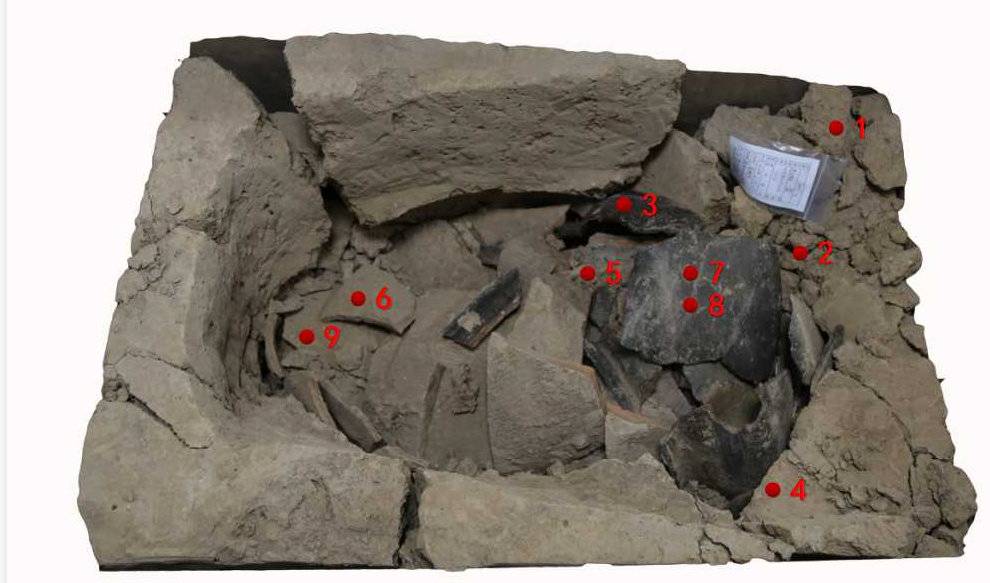
The coffin unearthed from the Wanggou site of Zhengzhou
Why find silk? In the distant past, silk is not only an important product, but also the carrier of human civilization. In Zhou Yan's view, finding silk is a trace of Chinese civilization. Now, in order to depict the great map of time and space, Zhou Yan and her team are still working hard. From the Yellow River to the Yangtze River, from prehistoric civilization to historical period, she strives to realize the two -way rush from laboratory and archeological scenes to advance the research on the origin of silk.
Silk is the convergence element of the diversity of Chinese civilization
In a lecture, Zhou Yan once mentioned that Chinese civilization has formed a large and large pattern of diversification long ago. In the process of integration, silk is a very significant convergence element. Mythology, legends, historical records, and archeological discoveries have shown that about silk, Bashu and Central Plains adhere to the roughly the same knowledge system and value system.
What does the same knowledge system and value system mean? Zhou Yan said that in the context of scientific researchers, it was generally divided into three types: including silk in the tomb, silk in the ruins, and silk in the sacrifice. The silk in the tomb often entrusts people's thinking about the past, while the silk in the site reflects the real production and life, and the silk in the sacrifice context more reflects the philosophical thinking and religious concepts. Zhou Yan and her colleagues were sampling at the archeological site
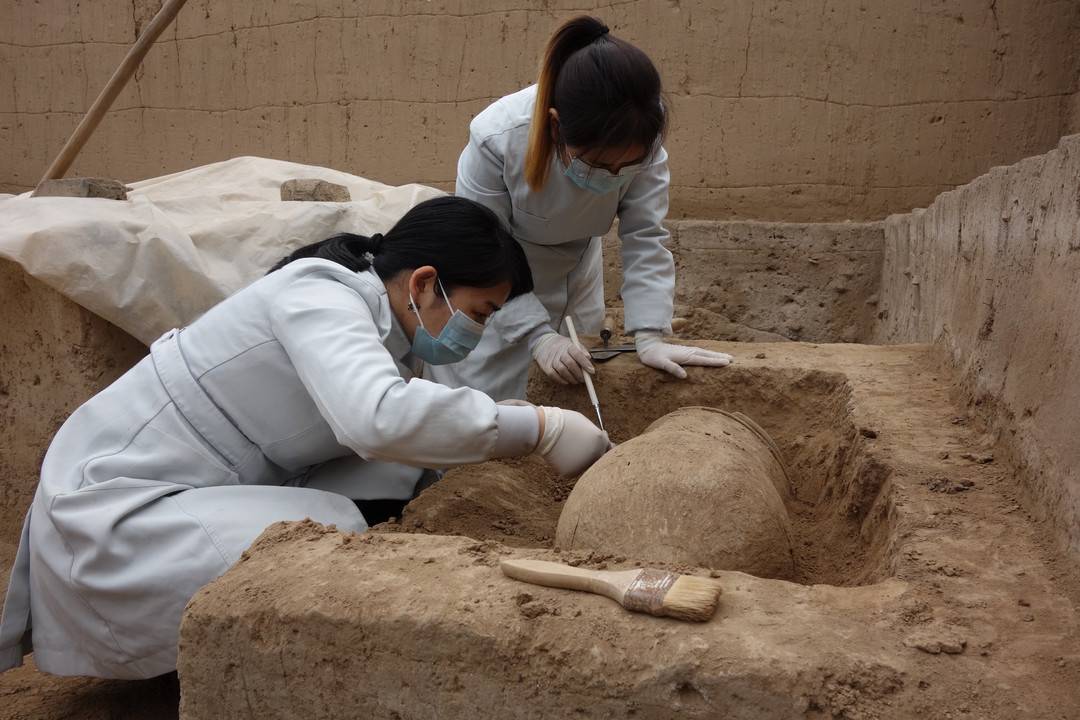
"As far as the current archeological discovery and related research, whether it is the Yellow River Basin or the Yangtze River Basin, we have found these commonality reflected in these three contexts." Zhou Yan said, especially the discovery of Sichuan silk traces of the trace of Sichuan silk traces. The unique geographical location of the human migration channel it is located is like finding a fulcrum for scientists. In the future, it will be able to leverage the research on the entire southwestern region about silk. "The traces of silk found in the Yangtze River and the Yellow River Basin are actually very important, and also verify the diversity of Chinese civilization."
Zhou Yan compared the development history of Chinese silk to a symphony, with four movements: origin, development, dissemination, and exchange. If time can go backwards, she wants to return to the movement about the origin of silk.
In her opinion, although the movement of the movement was short -lived and the sound was very weak, it was hidden in various myths and legends, but it was very Chinese, which contained the Chinese people's unique contributions to world civilization and human culture. She believes that with the development of the times, the close cooperation of science and technology and archeologists, the fog of the origin of silk will be pushed away by layers.
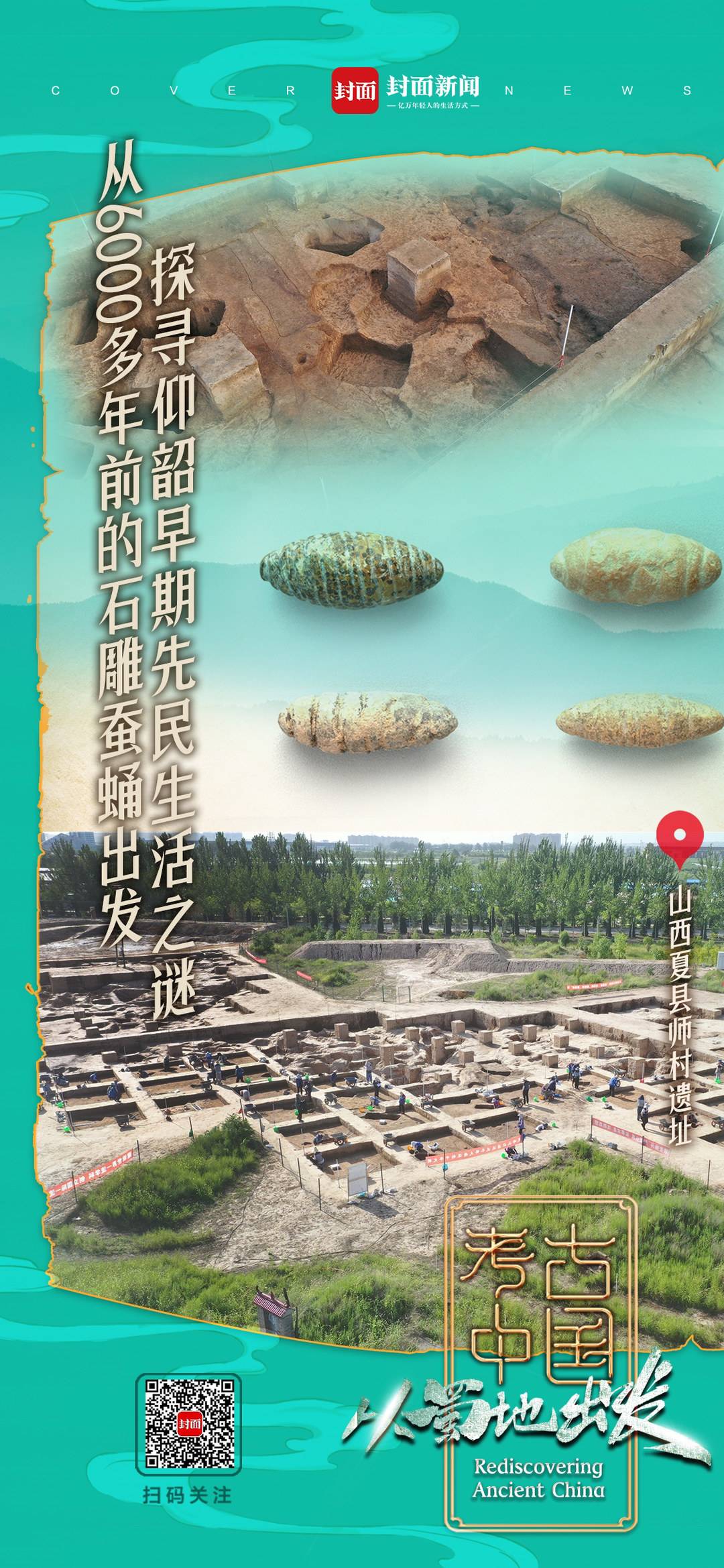
- END -
4 Big rock tea brewing problems, the solution is here

丨 This article is original by the rock tea class of Xiao Chen tea丨 First of the ...
Commemorate the 100th anniversary of Gao Shinong's birthday calligraphy and seal engraving special exhibition
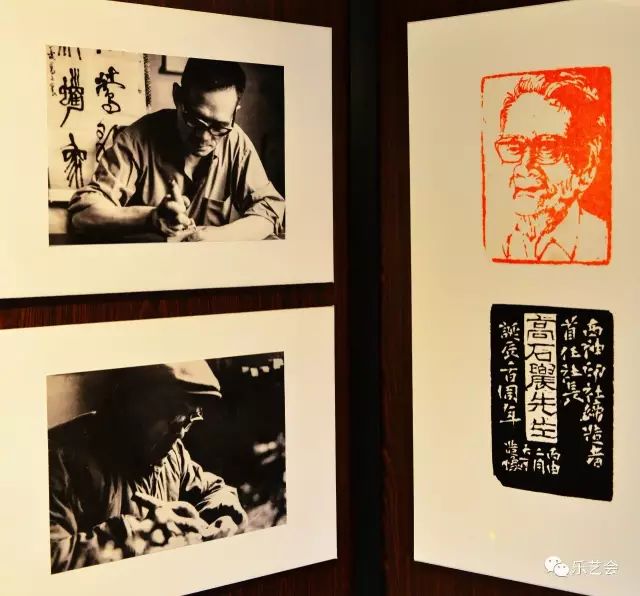
To commemorate the 100th anniversary of the birthday of Mr. Gao Shinong, the found...